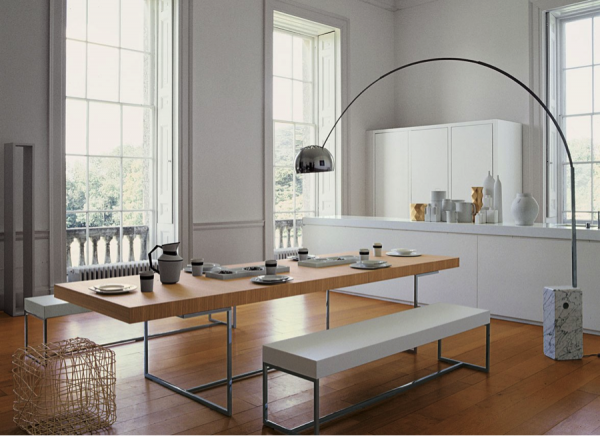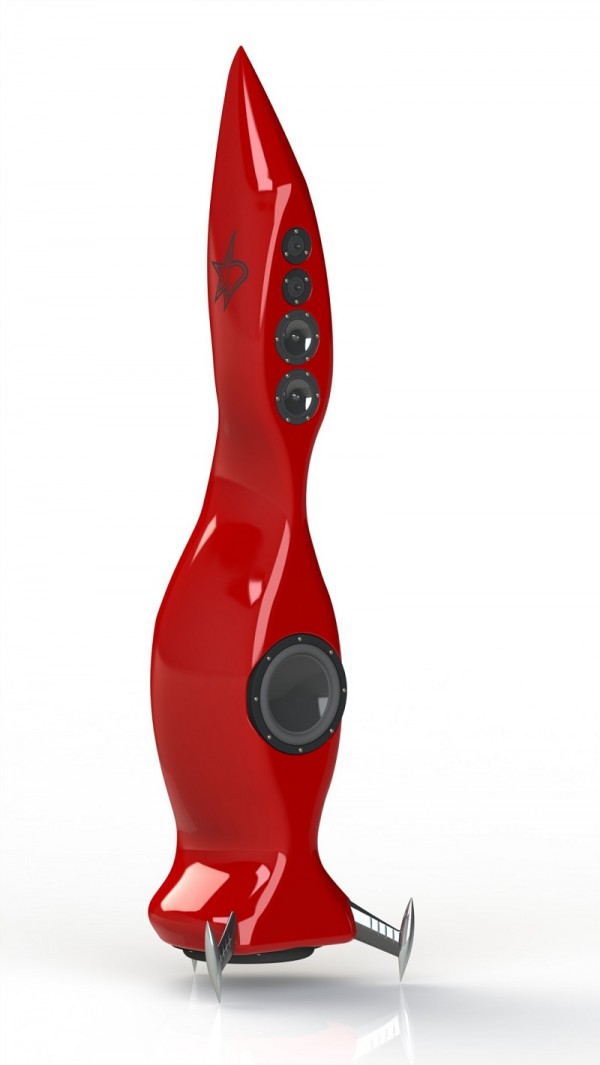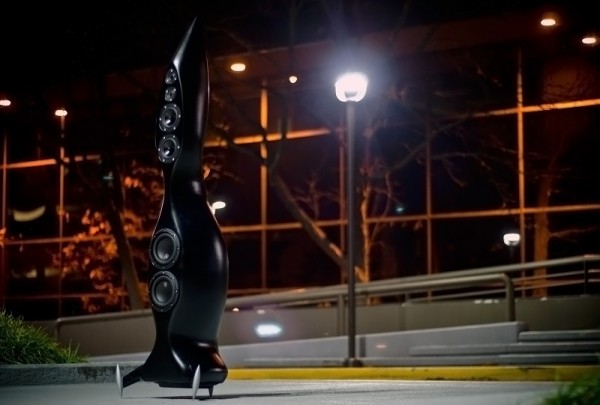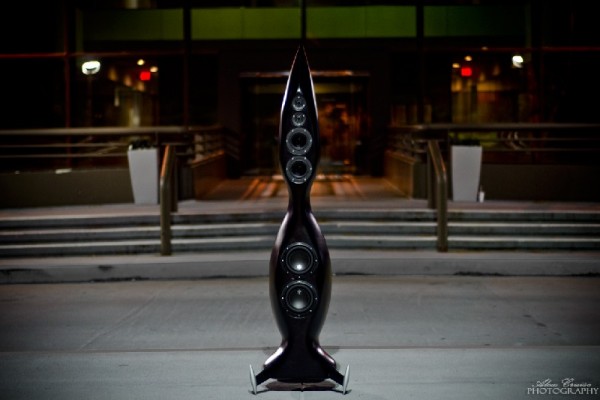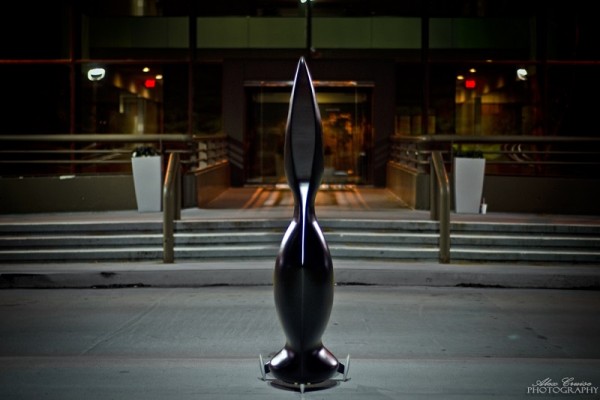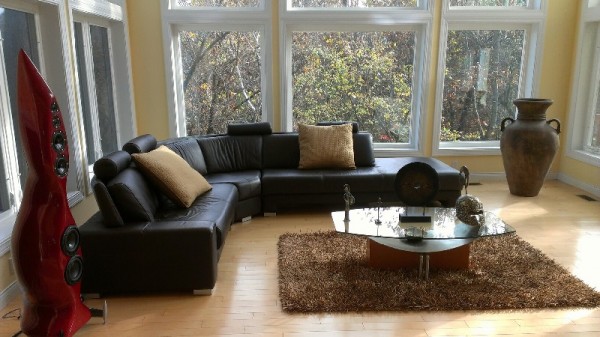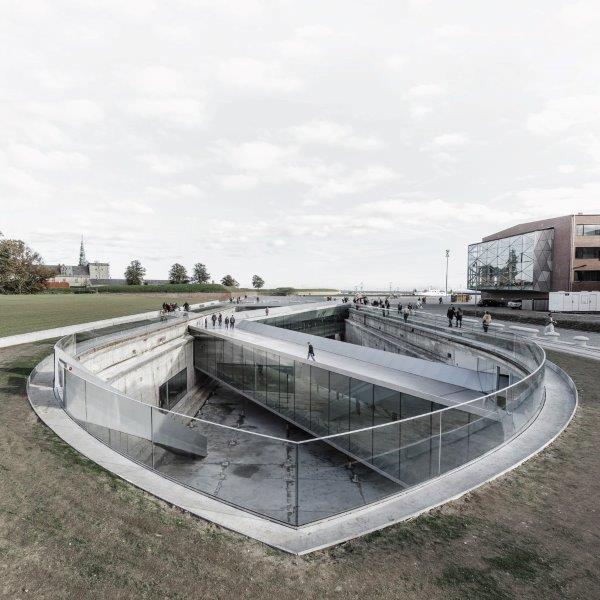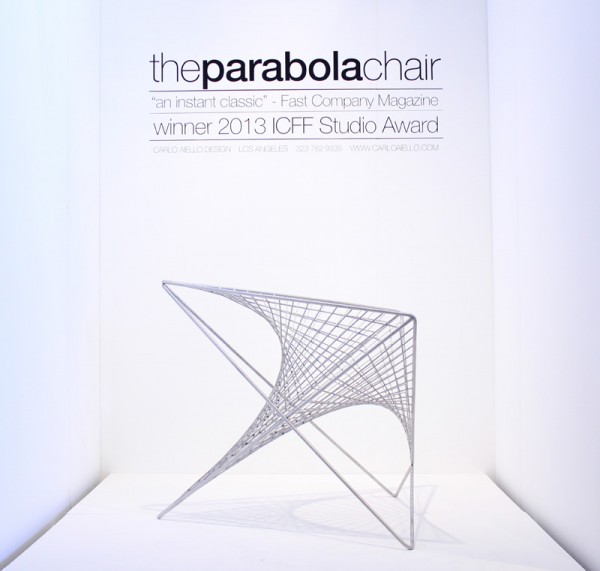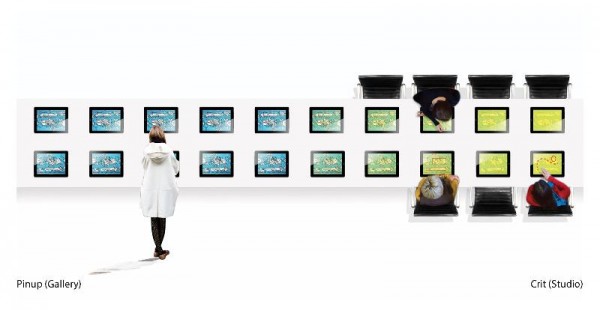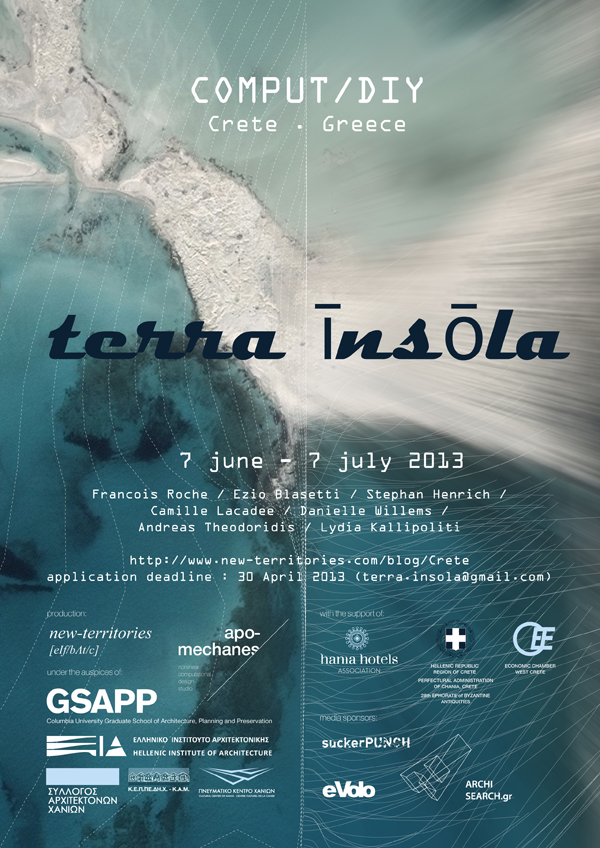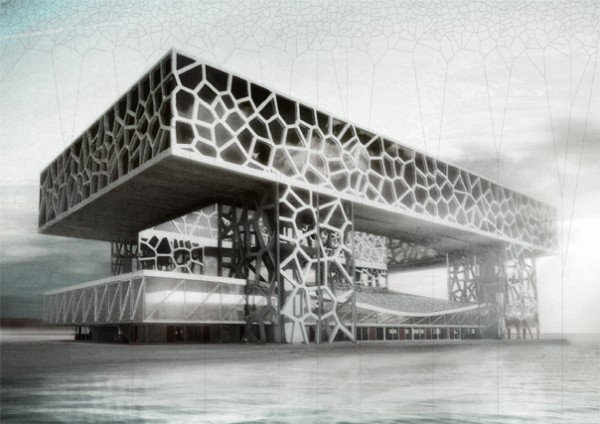AIM, designed by brothers Ronan and Erwan Bouroullec, is an incredibly unique design from Italian Lighting Company, Flos. Since 1973 Flos has partnered with world-renowned designers, like Philippe Starck and Marcel Wanders, continuously producing one-of-a-kind products that bring much more to a room than just light. Each is created with a specific purpose, which is further strengthened by each designer’s distinctive style. Pictured below is one of their most well known pieces, Arco, designed in 1962 by Achille and Pier Giacomo Castiglioni, and now holds a permanent place at The Museum of Modern Art.
AIM (pictured below) brings a garden-like tranquility wherever it is placed, with a 9-meter long cable allowing the light fitting to be suspended 3 meters from the ceiling. In the words of the designers themselves “We have developed a new type of lamp that is naturally positioned in space – like a plant – with long cables providing maximum freedom to adjust the direction and height of the light source.”
Flos designs are made famous by their iconic simplicity, and AIM is a perfect example of this. The designers of AIM sought to create a light that had infinite adjustable abilities, which can be mounted in a variety of ways depending on the room and preference of the owner. AIM and other Flos pieces can be explored and purchased at usa.flos.com

